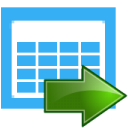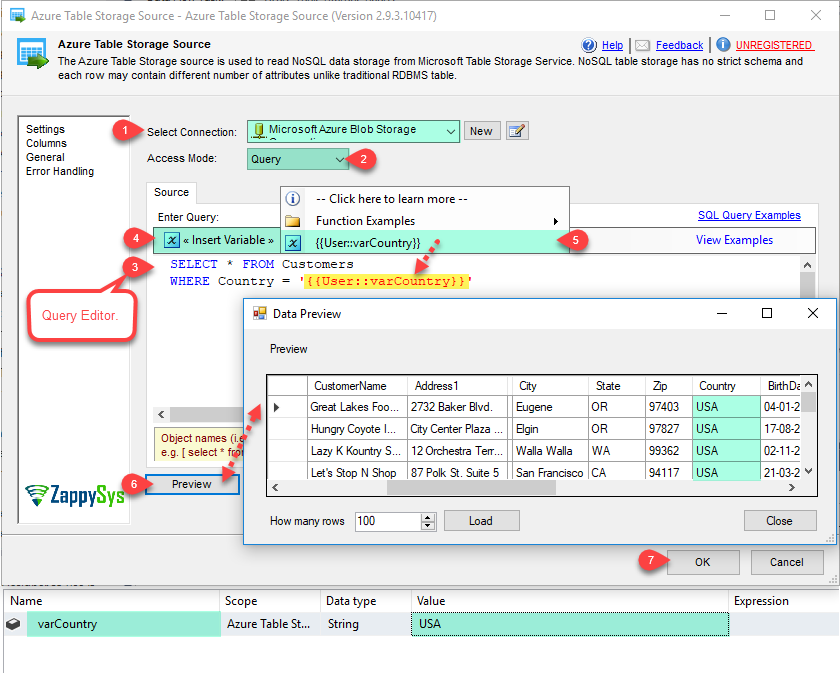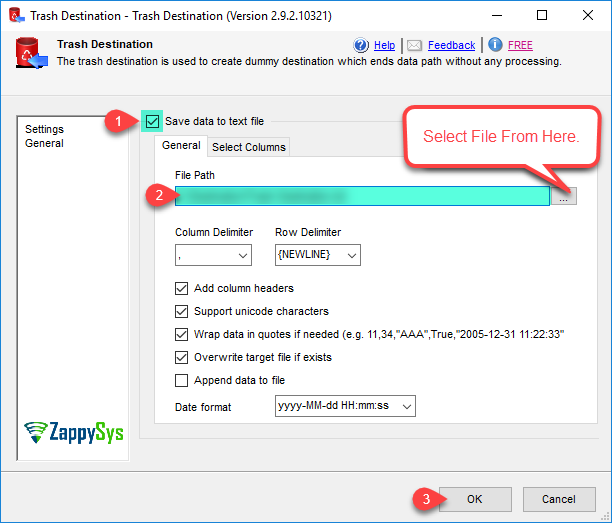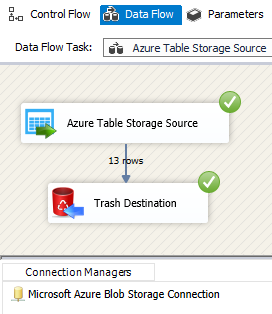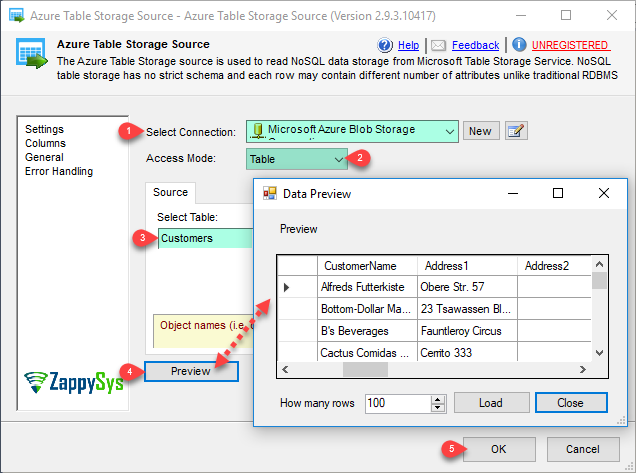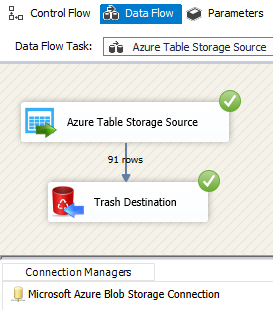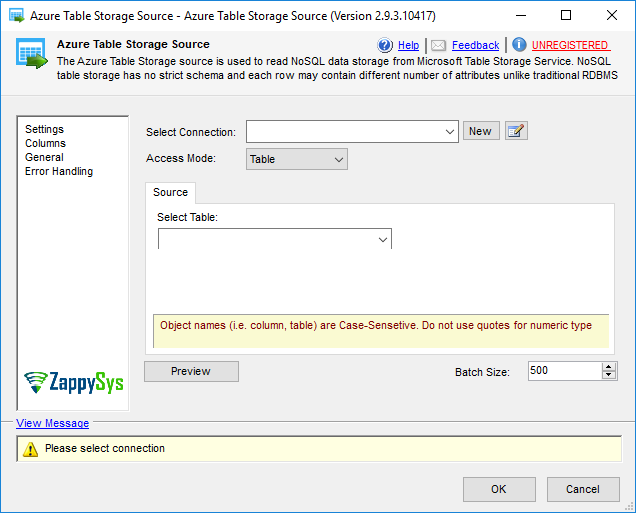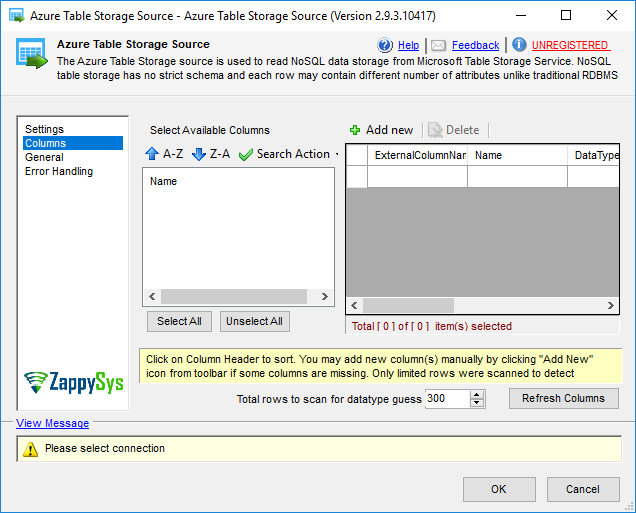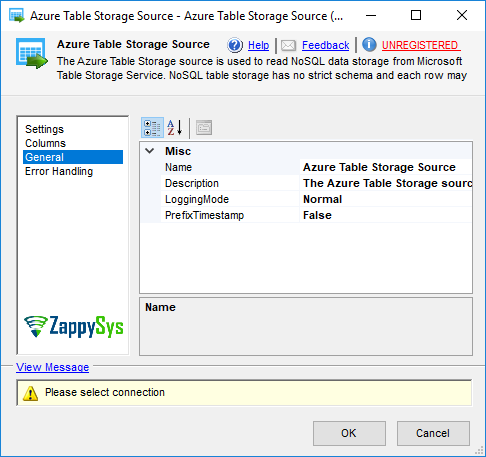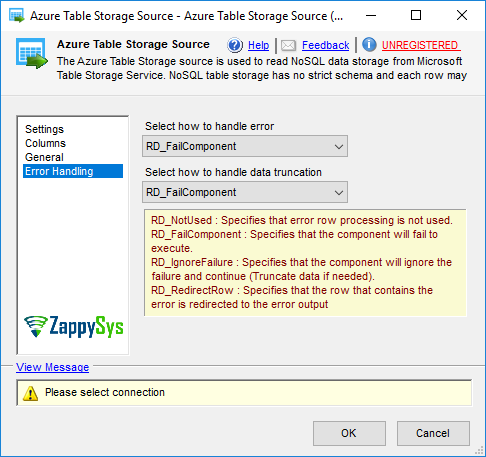If you work with traditional RDBMS and you recently come to NoSQL world you will quickly realize that most of NoSQL database including
. But no worry we got you covered. We have implemented custom query parser which will do hard work for you so you don't have to spend time learning new query language. Our query engine will
-- Selecting all columns
select * from CustomerTest
-- Selecting multiple columns
select CustomerID,CompanyName from CustomerTest
-- Selecting multiple columns, where some attribute name has space in it
select CustomerID,[Contact Title] from CustomerTest
-- Using Where clause with simple condition, select all columns
select * from CustomerTest Where CustomerID='ALC3R'
-- Limiting records returned from query using TOP clause (Similar as LIMIT found in some RDBMS query engine)
select top 7 * from CustomerTest
-- Using OR
select * from CustomerTest Where CustomerID = 'ALFKI' OR CustomerID = 'BOLID'
-- Using AND
select
* from CustomerTest Where CustomerID = 'ALFKI' AND Age >
3
-- Using comparison operators
select * from CustomerTest Where CustomerID <> 'ALFKI'
select * from CustomerTest Where CustomerID != 'ALFKI'
select * from CustomerTest Where Age > 5
select * from CustomerTest Where Age >= 5
select * from CustomerTest Where Age < 5
select * from CustomerTest Where Age = 5 AND CustomerID = 'C5'
-- Filter on datetime attribute
select * from CustomerTest Where Timestamp > datetime'2015-01-01'
-- Filter on datetime attribute (Using UTC time). Date or Datetime ending with Z is treated as UTC
select * from CustomerTest Where Timestamp > datetime'2015-01-01T00:00:00.000Z'
-- Filter on guid attribute
select * from CustomerTest Where Timestamp > guid'123223DB-A2CD-48BB-99ED-E3614A5EA97E'
-- Filter on boolean attribute
select * from CustomerTest Where IsFlagged = true


